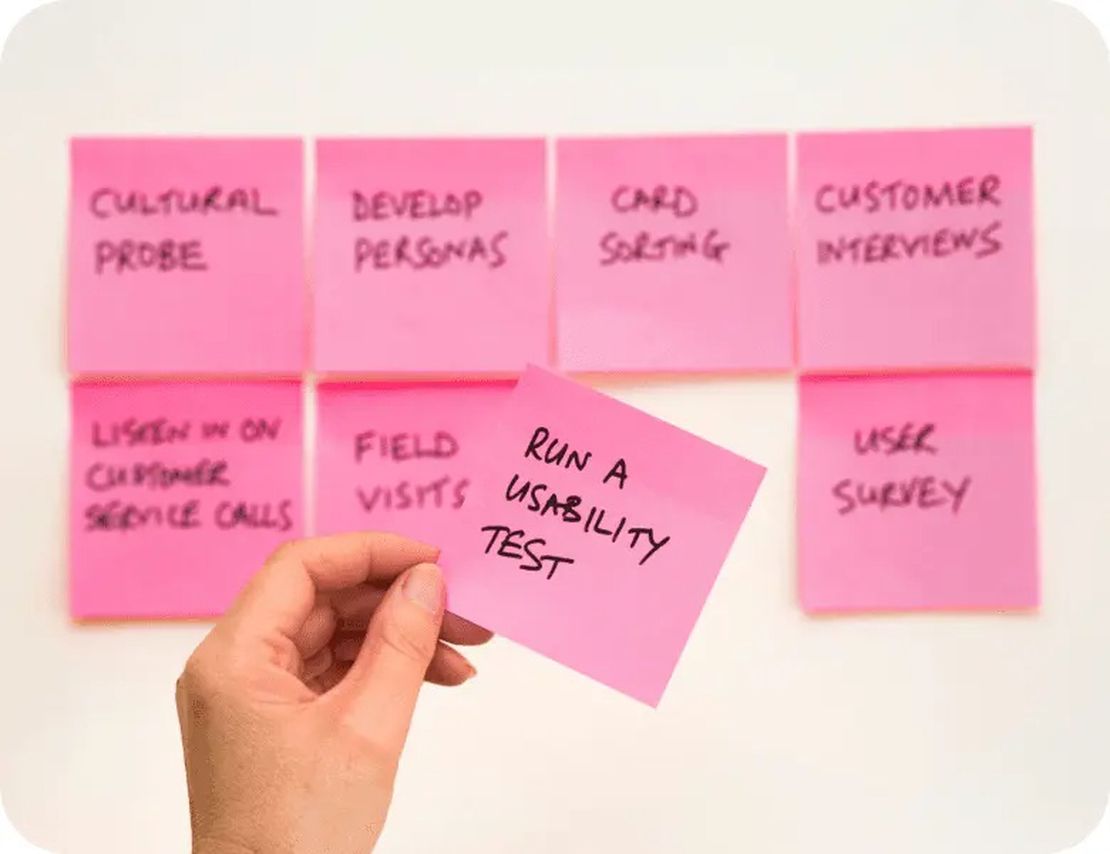In today’s always-on business environment, application downtime directly impacts revenue and customer satisfaction. Traditional deployment approaches that require maintenance windows are increasingly unacceptable for modern enterprises. This article explores how to implement zero-downtime deployment strategies that allow you to release new features without interrupting service.
What is Zero-Downtime Deployment?
Zero-downtime deployment (also called blue-green deployment, canary releases, or rolling updates) allows teams to deploy new application versions without end users experiencing service interruptions. While conceptually simple, implementing this approach requires careful pipeline design and infrastructure considerations.
Key Components of a Zero-Downtime Strategy
1. Infrastructure Requirements
- Load balancer configuration for traffic management
- Redundant application environments
- Database migration strategies that support backward compatibility
2. Pipeline Design Elements
- Automated health checks and verification
- Traffic shifting mechanisms
- Rollback automation for quick recovery
3. Testing Considerations
- Production-like staging environments
- Synthetic transaction monitoring
- Partial traffic allocation testing
Implementation Approaches
Blue-Green Deployment Model In this model, two identical production environments (blue and green) exist simultaneously. One serves production traffic while the other is updated. After verification, traffic is switched to the new environment.
Canary Releases With canary releases, new versions are gradually exposed to increasing percentages of users. This allows monitoring for issues before affecting all users.
Rolling Updates Applications running on multiple instances are updated incrementally, with instances being removed from the load balancer, updated, and returned to service.
Real-World Enterprise Solutions
At Continuity CI, we recently helped a financial services client implement a zero-downtime strategy for their customer-facing applications. By redesigning their Jenkins pipeline and implementing automated verification stages, they reduced deployment risk while eliminating the need for weekend maintenance windows. Their new pipeline now enables midday deployments without customer impact.
Zero-downtime deployment isn’t just a technical capability—it’s a competitive advantage that enables organizations to deliver value faster with less risk. Contact our team to discuss how we can help your enterprise implement these practices within your specific technology stack.





